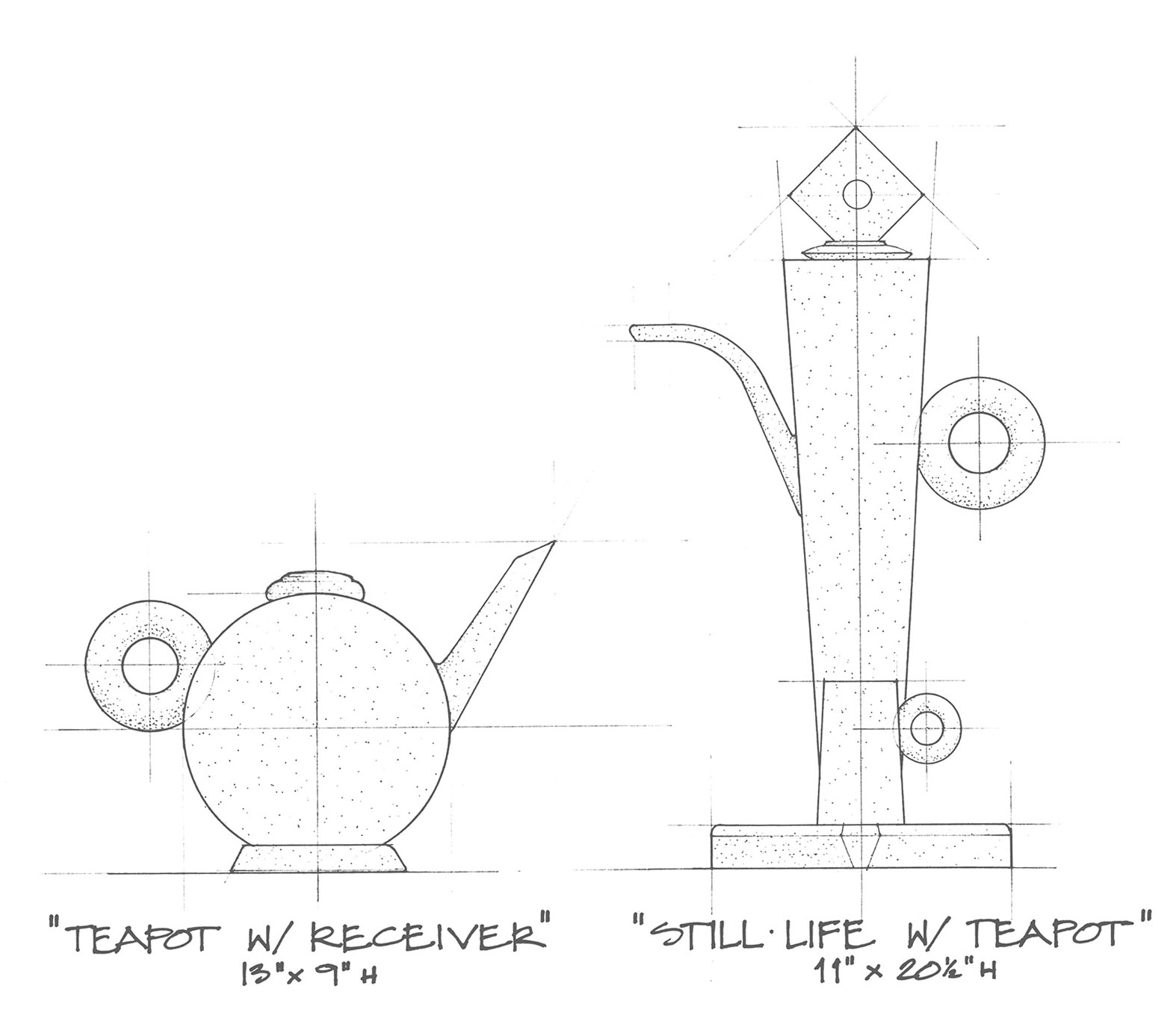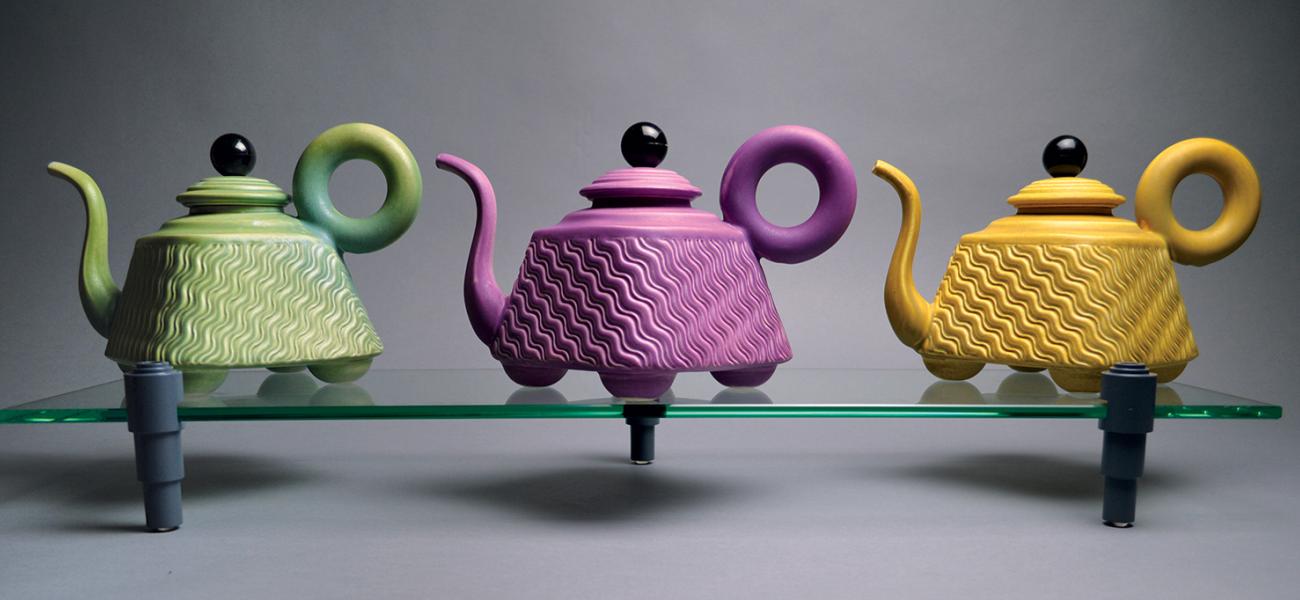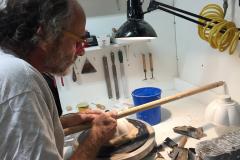During my early years of college study, I remember countless conversations with fellow students and faculty about all things architecture, including architect Louis Sullivan’s phrase “form follows function.” Many discussions included the book Memory and Creative Thinking, by Steven M. Smith and Thomas B. Ward with Ronald Finke. Finke uses the term “function follows form” as part of a methodology of thinking called SIT, or Systematic Inventive Thinking, which focuses on the idea that in problem solving all resourceful solutions share common patterns. A significant companion text was Christopher Alexander’s treatise, A Pattern Language, which illustrates that there are identifiable systems, patterns, and nomenclatures in architecture that redefine the accessibility of the building process regardless of culture or location. My architecture studies succumbed to the temptation of clay. Even so, those pivotal years studying the physical structure, history, and construction of buildings, as well as architectural design philosophy, were the beginning of a journey to find my own voice in ceramics.
Ibegan a studio practice outside of Philadelphia in 1976. The timing could not have been more fortuitous. Wholesale and retail markets were beginning to offer viable sales opportunities. Galleries were opening every month. The public had an insatiable demand for utilitarian work. I produced a line of stoneware pottery, which I sold at major wholesale and retail craft events throughout the country. My work was uncomplicated, had a strong sense of form and simple surface embellishments created by layered, satin matte glazes. As I look back, I can see that those pots were totally market-driven, but they sustained me for thirteen years.
 After a three-year break spent working in the ski and bike industries in the Colorado mountains, I returned to making pottery, but the demand for handmade ceramics was in a decline. I floundered for several years, trying to carve a niche in an anemic marketplace. I had some plaster-working skills and knew how to make molds. Those simple skills morphed into a ceramic manufacturing and design business, and with a core group of dedicated employees, Ceramic Design Group built a diverse client base, which we served for sixteen years.
After a three-year break spent working in the ski and bike industries in the Colorado mountains, I returned to making pottery, but the demand for handmade ceramics was in a decline. I floundered for several years, trying to carve a niche in an anemic marketplace. I had some plaster-working skills and knew how to make molds. Those simple skills morphed into a ceramic manufacturing and design business, and with a core group of dedicated employees, Ceramic Design Group built a diverse client base, which we served for sixteen years.


